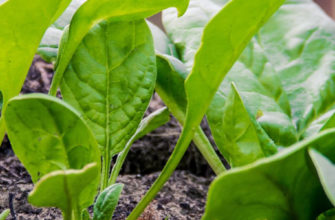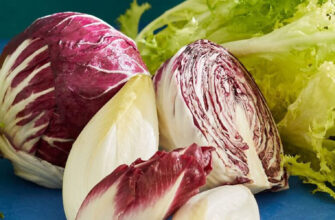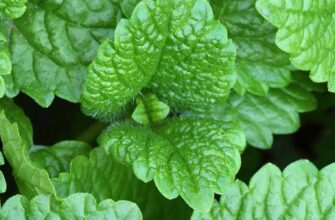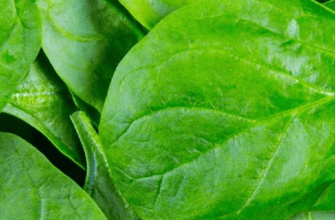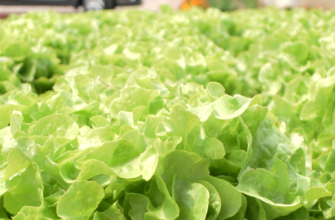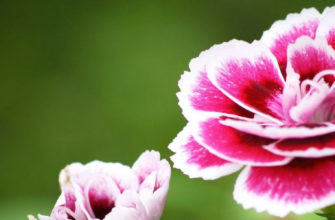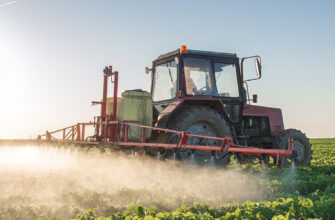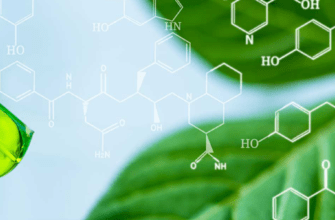Dill is a versatile plant used both as a green (leaves) and a spice (seeds). Its aromatic foliage is an essential part of many cuisines worldwide, including Ukrainian, where dill is added to borscht, salads, and preserved vegetables. This article explores how to grow dill, care for it, store the harvest, and includes interesting facts and recipes.
Growing Dill
Soil Preparation and Site Selection
Dill thrives in sunny locations with well-drained soil rich in organic matter (pH 5.5–6.7). Before sowing, incorporate aged compost or organic fertilizers, such as Ecoplant (4–5 kg per 100 m²).
Preceding Crops:
- Recommended: cucumbers, tomatoes, cabbage, potatoes (fertilized with manure).
- Avoid: celery, carrots (due to the risk of diseases to which dill is susceptible).
Companion Planting:
- Beneficial: onions, zucchini, cucumbers, tomatoes — dill repels pests like aphids.
- Not Recommended: potatoes, carrots, basil, watercress.
In Ukraine, dill is one of the most popular culinary herbs, grown in home gardens and farms, especially in regions with a temperate climate, such as Kyiv, Lviv, or Poltava. Popular varieties include “Gribovsky,” “Kibray,” and “Alligator.”
Sowing
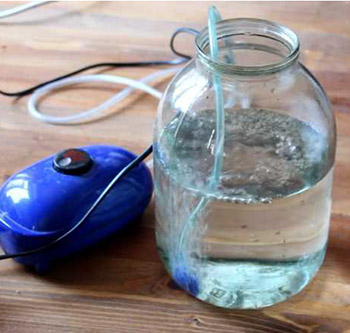
Dill can be grown 2–3 times per season, including summer. The first sowing is done in early spring when the soil temperature reaches +5°C. Seed rate: 25–30 g per 100 m² (2.5–3 kg/ha).
- Row Sowing: 45–50 cm between rows, 1–2 cm between plants, seed depth 1–2 cm.
- Strip Sowing (for large areas): 45–60 + 15–20 cm pattern.
- Winter Sowing: Sow at +4 to +5°C to prevent germination before frost. Mulch with peat (2–3 cm) for protection.
Bush Dill:
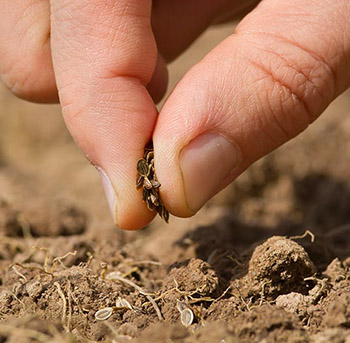
Sow every 2–3 weeks for year-round harvest.
Grow through seedlings in a greenhouse (sow in March–April in peat pots).
Harden plants at +14 to +15°C before transplanting.
Spacing between plants: 20–25 cm.
Optimal temperature: +20°C.
Dill Plant Care
- Watering: Dill is moisture-loving. Water every other day, or twice daily (morning and evening) in hot weather. Drip irrigation is preferred, as overhead watering can trigger fungal diseases.
- Thinning: First thinning at 5–6 cm height (leave 8–10 cm between shoots), second when plants shade each other (final spacing 15–20 cm).
- Loosening: Initially to a depth of 4–5 cm, later 8–9 cm.
- Weeding: Remove weeds as needed.
Fertilization
Dill responds well to organic and mineral fertilizers:
- Autumn: Ecoplant (4–5 kg per 100 m²).
- Spring: Ammonium nitrate (1–2 kg per 100 m²) or water-soluble fertilizers (20-20-20, 0.15–0.20 kg per 100 m² with each watering).
- Mineral Fertilizers (per 1 ha):
- N: 65 kg
- P2O5: 25 kg
- K2O: 200 kg
- MgO: 10 kg
- CaO: 85 kg
Pest and Disease Protection
Avoid chemical pesticides, especially in the EU, where strict regulations apply. Use biopesticides (e.g., based on Bacillus subtilis) or beneficial insects (ladybugs, lacewings).

Harvesting and Storage
- Freezing: Dill retains its flavor and aroma even after prolonged freezing.
- Greens: Harvest 20–30 days after emergence when side leaves reach 20–25 cm. Use fresh, freeze, or dry.
- Seeds: Collect after flower stalks form for preservation or sowing.
- Seed Storage: Store in a dry, cool place in airtight containers (shelf life: 3–5 years).
Culinary Uses
Dill is popular in many cuisines worldwide:
- Ukraine: Essential in borscht, salads, and pickling cucumbers and tomatoes.
- Scandinavia: Used in herring marinades and fish sauces.
- India: Dill seeds are added to curries and spicy dishes.
Recipes
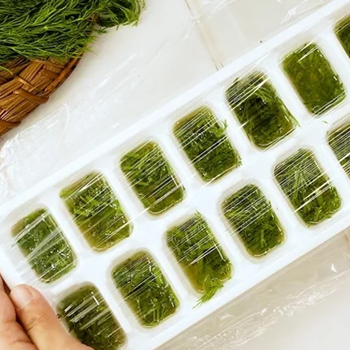
- Ukrainian Cucumber Salad with Dill:
- Ingredients: 2 cucumbers, 2 tbsp sour cream, 1 bunch of dill, salt, pepper.
- Preparation: Slice cucumbers thinly, add chopped dill, sour cream, salt, and pepper. Mix and serve.
- Scandinavian Dill Sauce:
- Ingredients: 200 ml plain yogurt, 1 bunch of dill, 1 tsp lemon juice, 1 garlic clove.
- Preparation: Chop dill and garlic, mix with yogurt and lemon juice. Serve with fish or vegetables.
Interesting Facts
- In Ancient Egypt, dill was used as a medicinal plant to soothe the stomach.
- In medieval Europe, dill was believed to ward off witches and was hung above doors.
- Dill’s essential oils are used in perfumery and cosmetics.
Allergens
Dill rarely causes allergies, but some individuals may be sensitive to its essential oils or pollen. Allergen code: Api g 1 (per allergen classification). People allergic to plants in the Apiaceae family (e.g., celery, carrots) should exercise caution.
Have you grown dill in your garden or greenhouse? Share your experience in the comments! Tell us which varieties or methods you use and whether you’ve tried winter sowing. Subscribe to our blog for more tips on growing greens, vegetables, and fruits, and share this article with your friends!
If you have found a spelling error, please, notify us by selecting that text and pressing Ctrl+Enter.

